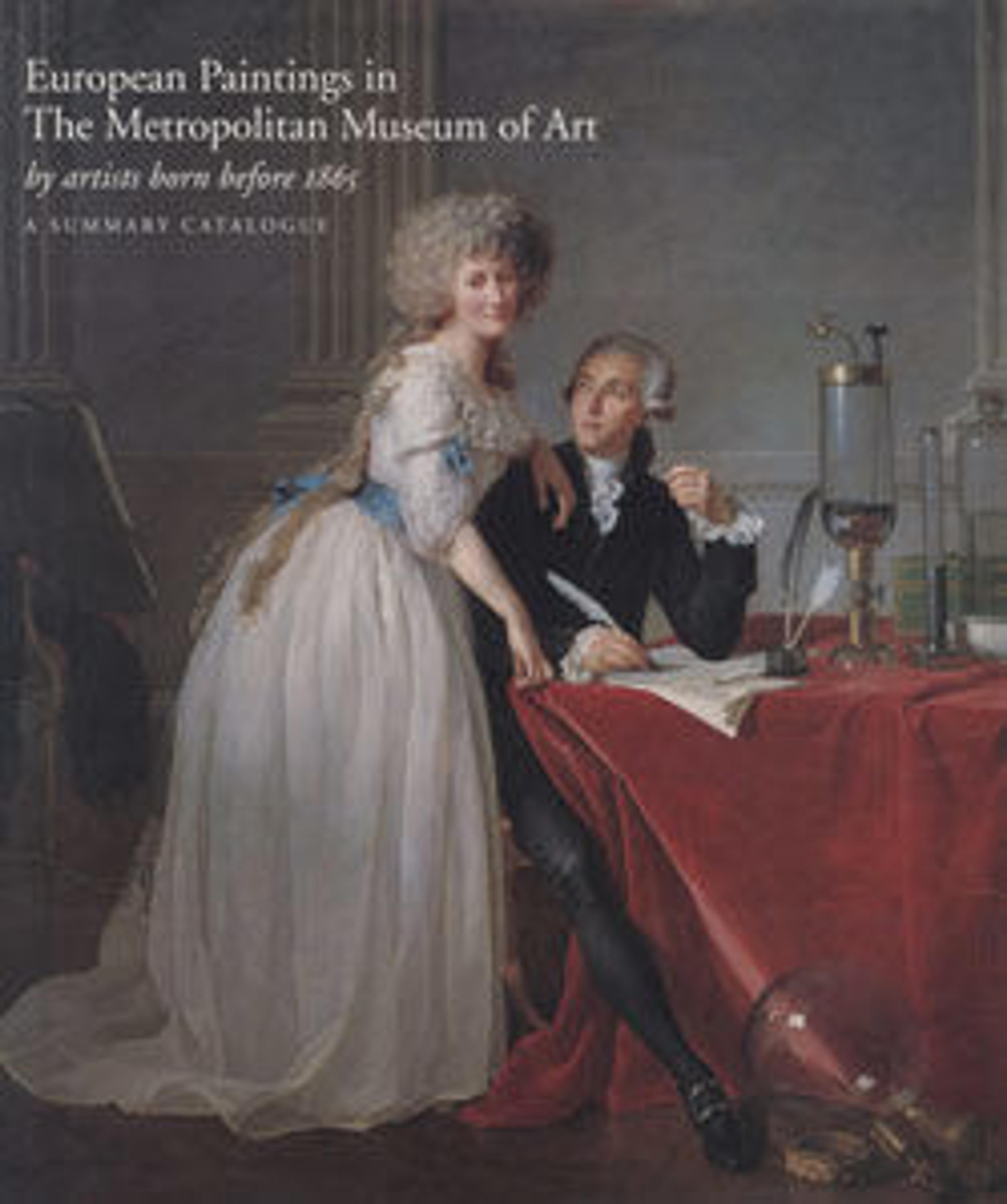The Death of the Virgin
The Virgin is shown dead, surrounded by the apostles, and received into heaven by her son Christ. Saints Lawrence and Stephen stand to either side. The landscape is barren on the left, green on the right, contrasting death to life. Painted for the Certosa at Padua, the work had a frame decorated at the top with a carved figure of Saint Michael. From a successful family of painters in Murano, Vivarini offered Venetian clients a more conservative style than that of Giovanni Bellini—one influenced by the linearity of Andrea Mantegna.
Artwork Details
- Title:The Death of the Virgin
- Artist:Bartolomeo Vivarini (Italian, active Venice 1450–91)
- Date:1484
- Medium:Tempera on wood
- Dimensions:Arched top, 74 3/4 x 59 in. (189.9 x 149.9 cm)
- Classification:Paintings
- Credit Line:Gift of Robert Lehman, 1950
- Object Number:50.229.1
- Curatorial Department: European Paintings
More Artwork
Research Resources
The Met provides unparalleled resources for research and welcomes an international community of students and scholars. The Met's Open Access API is where creators and researchers can connect to the The Met collection. Open Access data and public domain images are available for unrestricted commercial and noncommercial use without permission or fee.
To request images under copyright and other restrictions, please use this Image Request form.
Feedback
We continue to research and examine historical and cultural context for objects in The Met collection. If you have comments or questions about this object record, please contact us using the form below. The Museum looks forward to receiving your comments.
